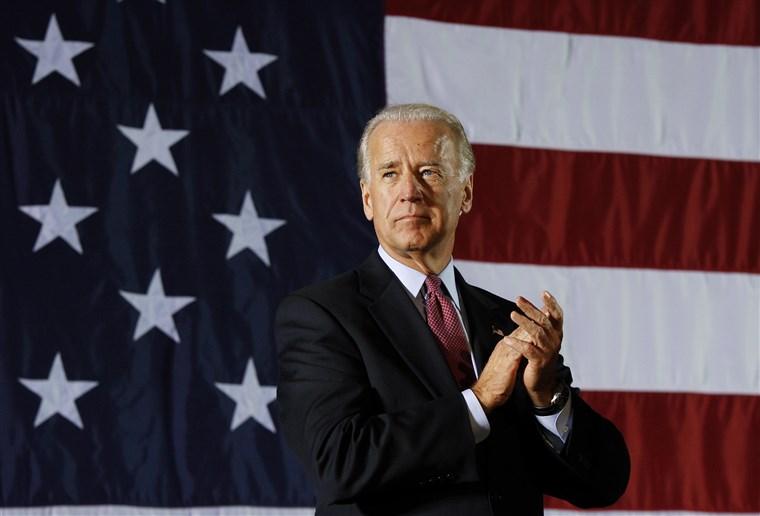Joe Biden has eked out a narrow victory in Talbot County, according to the final unofficial results, becoming the first Democratic presidential candidate to win here since 1964, when Lyndon Johnson took the county during his landslide over Republican Barry Goldwater.
Election officials conducted the final canvassing on Friday, when mail-in ballots could be received until 10 a.m.
Biden has 11,062 votes (49%) to 10,946 (48.5%) for President Donald Trump, the Republican incumbent, as of the final unofficial count.
The shift in results over time mirrors similar trends seen nationwide — Trump supporters voted in person (whether on Election Day or during early voting); the majority of Biden voters opted to vote by mail. Nearly 77% of Talbot’s votes for Trump were in person; about 57% of Biden’s votes were by mail.
In Talbot County, early voting was the most popular choice with more than 10,000 voters casting ballots in the days before Election Day. More than 8,500 county residents cast mail-in ballots, an option urged by the Biden campaign due to the ongoing COVID-19 pandemic. Nearly 2,900 voters went to the polls on Election Day.
Biden outperformed Hillary Clinton by about 7 percentage points. Clinton got 42.1% of Talbot’s vote in 2016; Trump had 52.2%.
In 2012 and 2008, Barack Obama had similar margins of defeat in the county as Clinton. He lost Talbot by more than 12 percentage points against Mitt Romney in 2012; by about 10 percentage points against John McCain in 2008.
Republican George W. Bush won Talbot by nearly 20 percentage points against Democrats John Kerry in 2004 and Al Gore in 2000.


